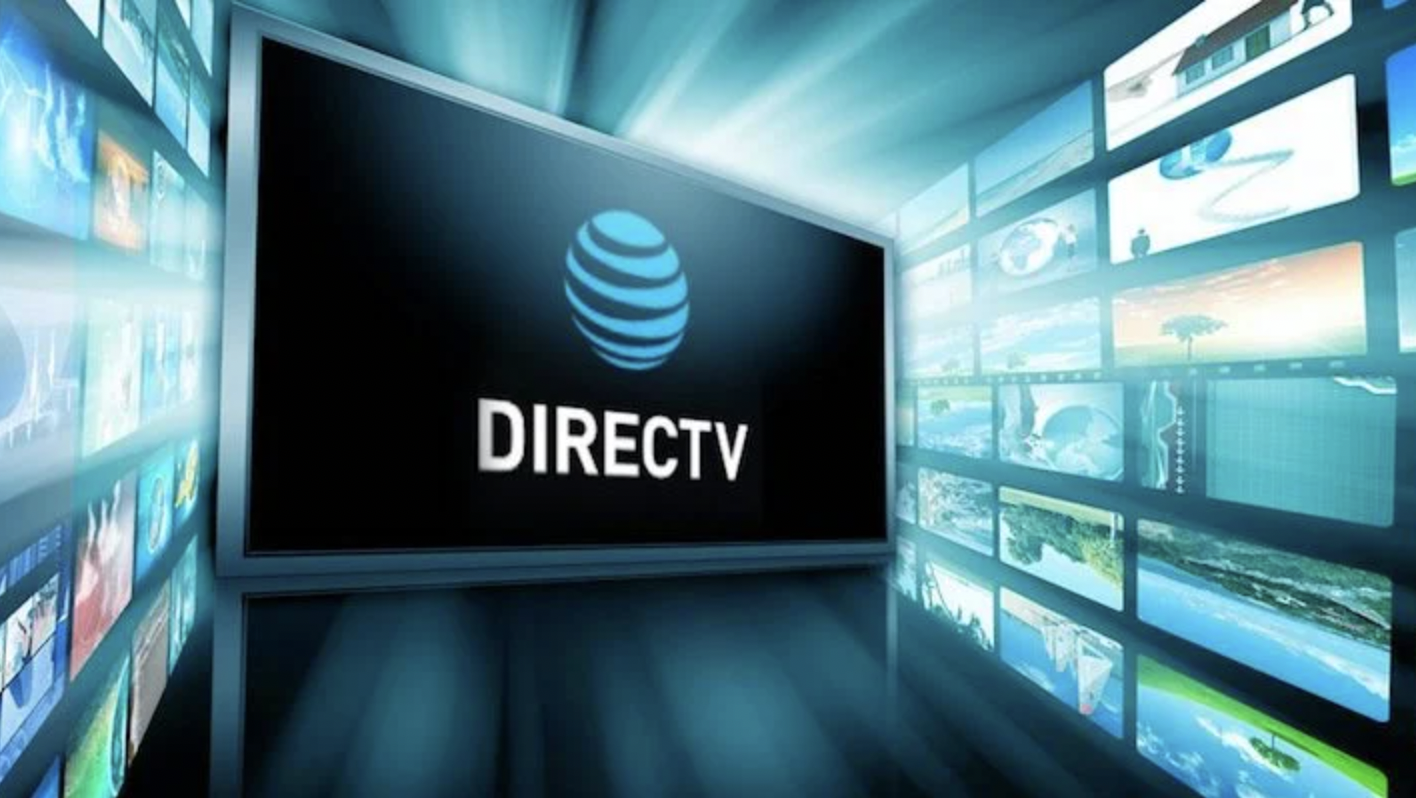Case Study: Effective Desktop Learning System DIRECTV
Case Study: Effective Desktop Learning System DIRECTV - The cable industry deals with large amounts of information to which employees must have easy access. DIRECTV’s in-house and outsourced customer service agents serve its 18 million customers over the phone.
Because of industry characteristics and its rapid growth rate, DIRECTV was in need of an effective desktop learning system to empower agents to serve customers with excellence.
In a one-year period, the average experienced agent is trained on more than 200 new initiatives, many of which are brief, five to 15 minute sessions. Taking agents off the phone to participate in training is costly.
Time taken off the phone just to walk to and from a classroom training event can equal over $100,000 per initiative. DIRECTV’s growth has not only increased training costs, but also has required rapid development and implementation of innovative learning tools.
Design of the desktop learning strategy was initiated when employees began expressing dissatisfaction with their current tools. DIRECTV performed an in-depth needs assessment of the various desktop systems using observations, focus groups, interviews, extant data reviews, and a survey.
The assessment discovered various problems, such as navigation issues with the current knowledge management tool, content inaccuracy, outdated or ineffective data and learning tools, classroom training costs, and inefficient work group structures, all of which indicated a need for a new desktop learning strategy.
System Design
As a result, eight initiatives were implemented to address the needs. An existing intranet web team was combined with the e-learning team to create one online learning team that focuses on all aspects of desktop learning.
Next, the tracking element for the customer transaction system was fixed. Existing online support tools were redesigned to provide easy, intuitive access to information on one screen with no scrolling, and online decision support tools were implemented to replace complicated troubleshooting documents.
Visually appealing flowchart job aids were created to replace online text documents, and an LMS was launched to provide a single platform to push and track multimedia courseware and assessments on the desktop. Additional job aids and short agent briefings were introduced in place of expensive classroom training.
Finally, the existing online knowledge management system was revamped into a dynamic on-demand learning and performance support tool. This new design incorporated improves navigation, visually appealing tools and links, and assigns unique logos and colors to each section of the online content.
Users know immediately where they are in the system because of color schema, tree menu positioning, and content paths (breadcrumbs) that are displayed at the top of the viewing window. Links to frequently used content are always available as prescribed by performance-centered design principles. Additional metadata provides keywords for use in search inquiries.
System Evaluation
As the different aspects of the practice were developed, alpha and beta versions were sent to end-users and subject matter experts, whose feedback was applied to the design before implementation.
DIRECTV also created a policy to continually evaluate employee reaction to the changes. Employee knowledge and behavior were tracked through online assessments, surveys, and extensive call monitoring by the quality assurance group. Call monitoring included tracking changes in call length, customer satisfaction, and time spent correcting errors.
The average amount of time spent on a single call was tracked on an ongoing basis. The records were used to evaluate the effect on actual job performance as various components of the practice were implemented.
Finally, training time requirements, travel time and employee turnover rates were tracked. The time saved and reductions to the number of first-line employees needed were measured in proportion to the customer count.
Results
Results from the new desktop learning strategy are multi-faceted. By eliminating travel to and from classroom training, DIRECTV saves more than seven dollars per learner for each desktop training session.
From the fourth quarter of 2006 to the third quarter of 2007, these cost savings add up to over one million dollars in time away from the phone spent in classrooms. In addition, one of the new decision support tools alone is estimated to save a minimum of 10 to 15 seconds per call on that specific high-volume troubleshooting issue.
Each day, more than 30 percent of the over 60,000 calls received deal with this one troubleshooting issue alone. The estimated annual savings of using just the first new decision support tool, rather than old text scripts, is between $600,000 and $900,000 annually.
Quality assurance monitoring revealed that average handle time reductions one week after the knowledge management system was revamped saved DIRECTV some $15,000 per day. This savings estimated annually equals over $5 million from restructuring of the navigation and information design.
The design of simple online job aids eliminated previous training expenses while also providing on-demand support to users, saving an estimated $140,000 in travel time, as well as $140,000 to $280,000 in reduced training time.
A return-on-investment in the millions is projected for the structured redesign of several old online tools, and for the implementation of additional decision support tools to replace the text-based technical troubleshooting scripts that were previously delivered only in text form.
Keywords : Dekstop learning, classroom training, support tools, decision support, learning strategy, knowledge management
Copyright www.unboxing.eu.org

